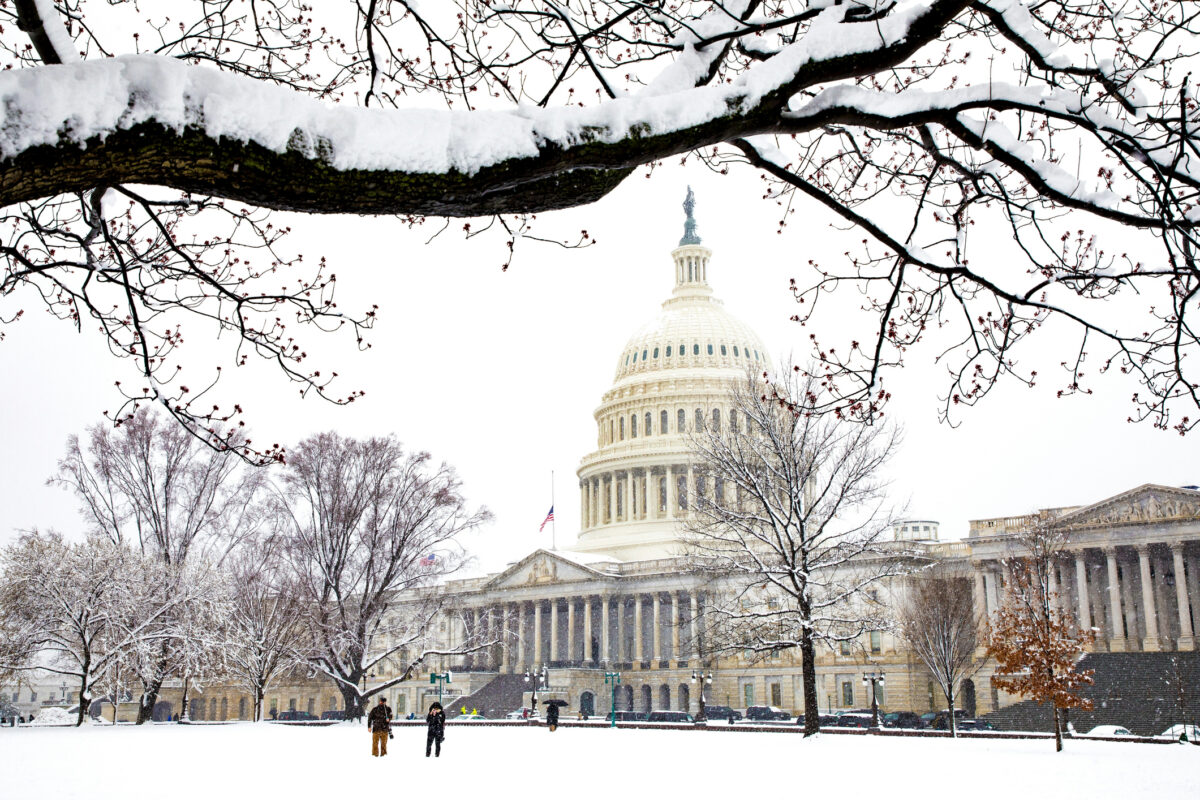IHEP Statement on Proposed FY19 Education Spending Plans
Published Jul 02, 2018
The U.S. House and Senate Appropriations subcommittees for Labor, Health and Human Services, Education and Related Agencies released proposed FY19 spending levels for student aid programs administered by the U.S. Department of Education. On June 28, 2018, the full Senate Appropriations committee approved their FY19 spending plan. IHEP President Michelle Asha Cooper released the following statement:
“Investments in the Pell Grant program are investments in our nation’s students and our nation’s future. The Senate’s proposal, passed on Thursday, includes a modest $100 increase to the maximum Pell Grant award, for a total of $6,195. This increase would help to keep at bay further decreases in the grant’s purchasing power, but it falls short of making an impactful investment in our nation’s students in need as college costs continue to rise. Additionally, the Senate’s proposed $600 million-dollar rescission to existing Pell program funds is concerning and could destabilize the program in future years. The House appropriations subcommittee plan takes a different approach. It avoids harmful cuts to the Pell reserve fund, but falls short of fortifying the purchasing power of Pell Grants with an increase to the maximum Pell award to at least keep pace with inflation. Each year, more than 7 million hardworking low-income students rely on Pell Grants to access a college education. Lawmakers should seek to strengthen these vital need-based grants for students in need. As lawmakers in both chambers prepare to consider each spending plan, we urge them to bolster the maximum Pell Grant and reject proposals to cut program funds.
“The Senate’s spending proposal also urges the Department of Education to work with an external party to conduct a rigorous evaluation of the Second Chance Pell experimental site – a pilot to study whether participation in high quality education programs increases after expanding access to financial aid for incarcerated students. IHEP’s research has shown that increased access to postsecondary education among incarcerated individuals is one approach to improving post-release re-entry outcomes, including education, employment and reduced rates of recidivism. We applaud policy solutions aimed at supporting this underserved and largely understudied student population.”


